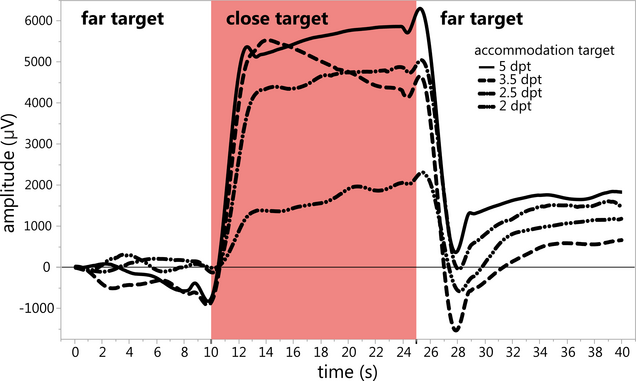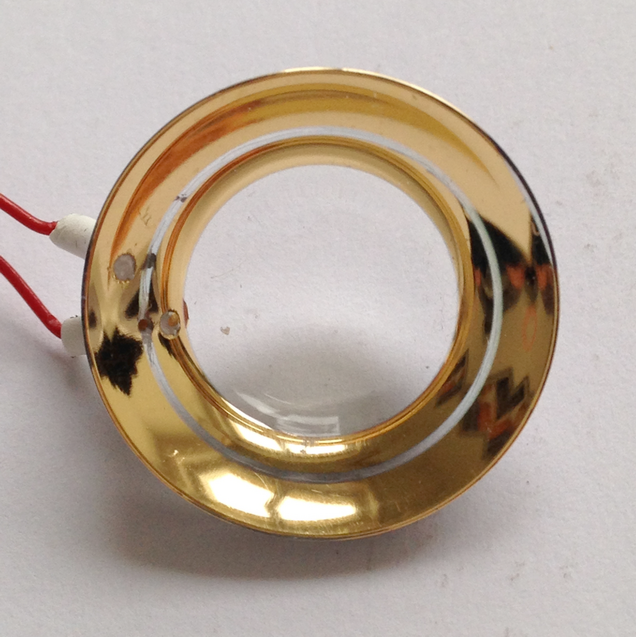

Maintaining sharp vision even in old age
Presbyopia is the gradual loss of the eye's ability to adapt to close objects with increasing age. In the young eye, the refractive power is adjusted by shaping the elastic eye lens through the ciliary muscle. However, with advancing age, the elasticity of the eye lens steadily decreases so that between 40 to 50 years the distance necessary for sharp vision increases to 50 cm. At about 70 years, sharp near vision is no longer possible at all.
Although presbyopia is not a disease but an age-related loss of function, its effects are considerable: In 2015, approximately 2 billion people were affected and thus impaired in their daily activities, such as driving. Globally, the resulting loss of productivity is projected up to USD 11 billion.
Up to now, compensation of presbyopia has only been achieved with reading glasses or contact lenses, or by replacing the natural lens with an artificial intraocular lens within the treatment of cataract. A technical solution corresponding to the natural accommodation of the young eye is still not available.
Previous studies of the research group Pathophysiology of Vision at the Institute for Ophthalmic Research at the University of Tuebingen under the direction of Prof. Dr. med. Dr. h.c. mult. Eberhart Zrenner successfully demonstrated that novel contact lens electrodes allow to measure the electrical potential changes of the ciliary muscle during accommodation and to use them to control an artificial lens.
In the project, biomimetic wireless contact or intraocular lenses are to be developed, which can imitate the natural accommodation ability of the young eye, to give back all liberties in everyday life to presbyopes.
Partners
- Institute for Microsystems Technology (iMST), University of Applied Sciences Furtwangen
- Institute of Microelectronics, Ulm University
- University Eye Hospital Tuebingen
- Medical Proteome Center, Institute for Ophthalmic Research, University of Tuebingen
- STZ eyetrial at the Centre for Ophthalmology, University of Tuebingen
- IOP Implandata Ophthalmic Products GmbH
Advisory Board
- Prof. Dr. med. Dr. h.c. mult. Eberhart Zrenner
- Prof. Dr.Ing. Albrecht Rothermel (Ulm University)
- Prof. Dr. Volker Bucher (University of Applied Sciences Furtwangen)
- Prof. Dr. med. Karl Ulrich BartzSchmidt (University Eye Hospital Tuebingen)
- Hristina Srbinsoka (Carl Zeiss Meditec AG)
Funding
The project is funded by the Carl Zeiss Foundation through the program "Intelligent Solutions for an Aging Society" within the funding line "Breakthroughs at Universities 2020" and by the University of Tuebingen, the Medical Faculty of the University of Tuebingen, and the Centre for Ophthalmology at the University of Tuebingen.
Publications
- Schumayer S, Simon N, Sittkus B, Wagner S, Bucher V, Strasser T. Novel Three-Dimensional and Biocompatible Lift-Off Method for Selective Metallization of a Scleral Contact Lens Electrode for Biopotential Detection. Front Med Technol. 2022;4: 1–10. doi:10.3389/fmedt.2022.920384











